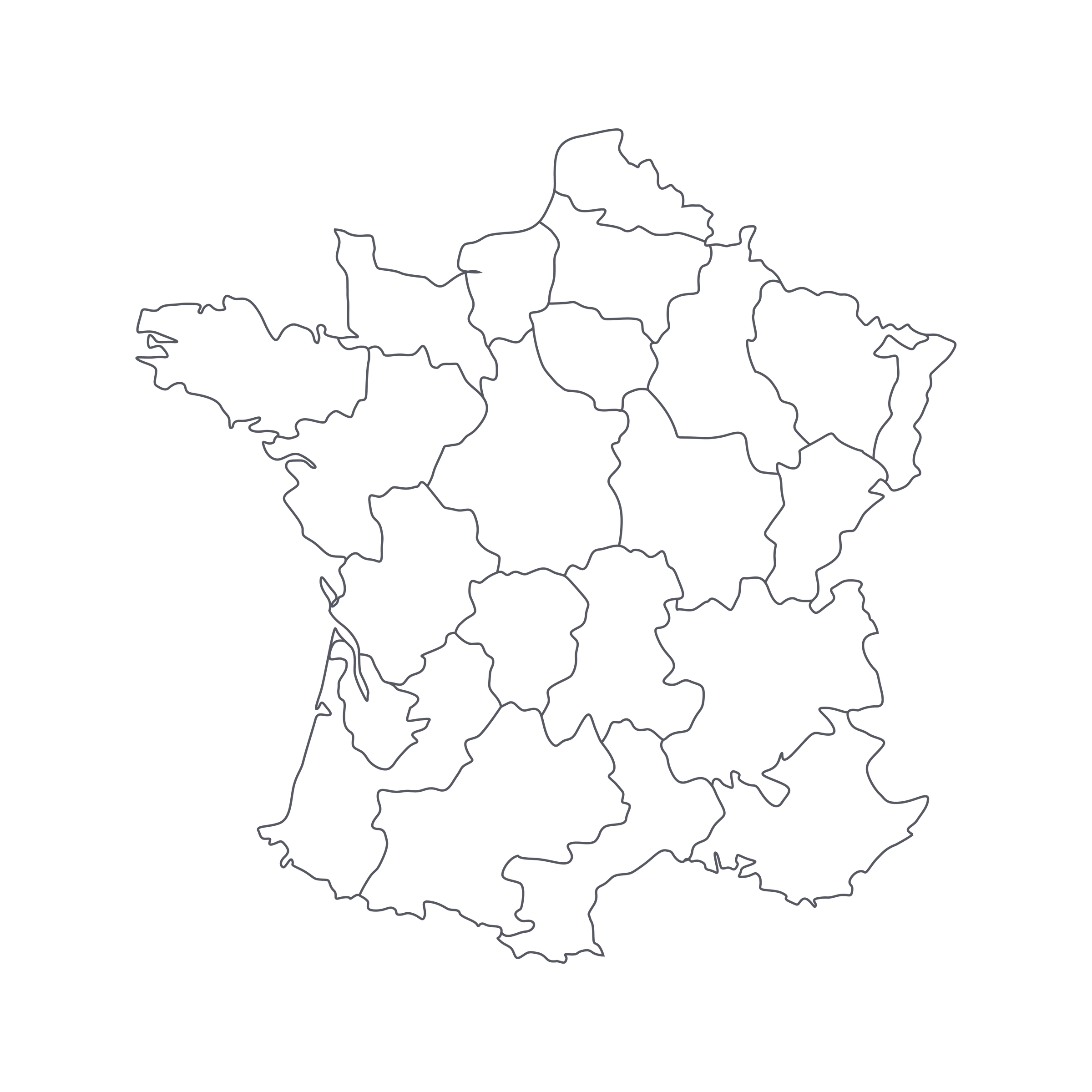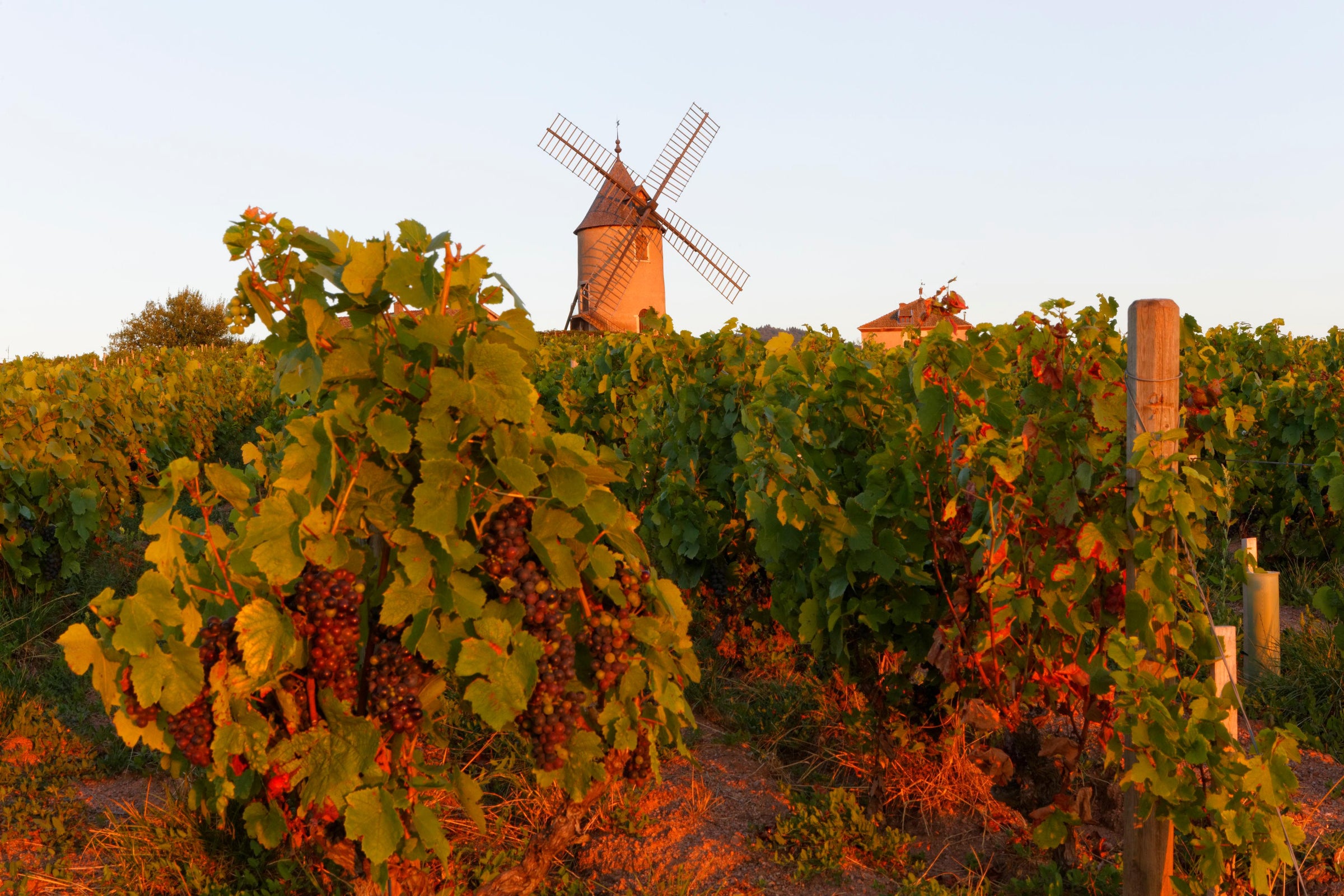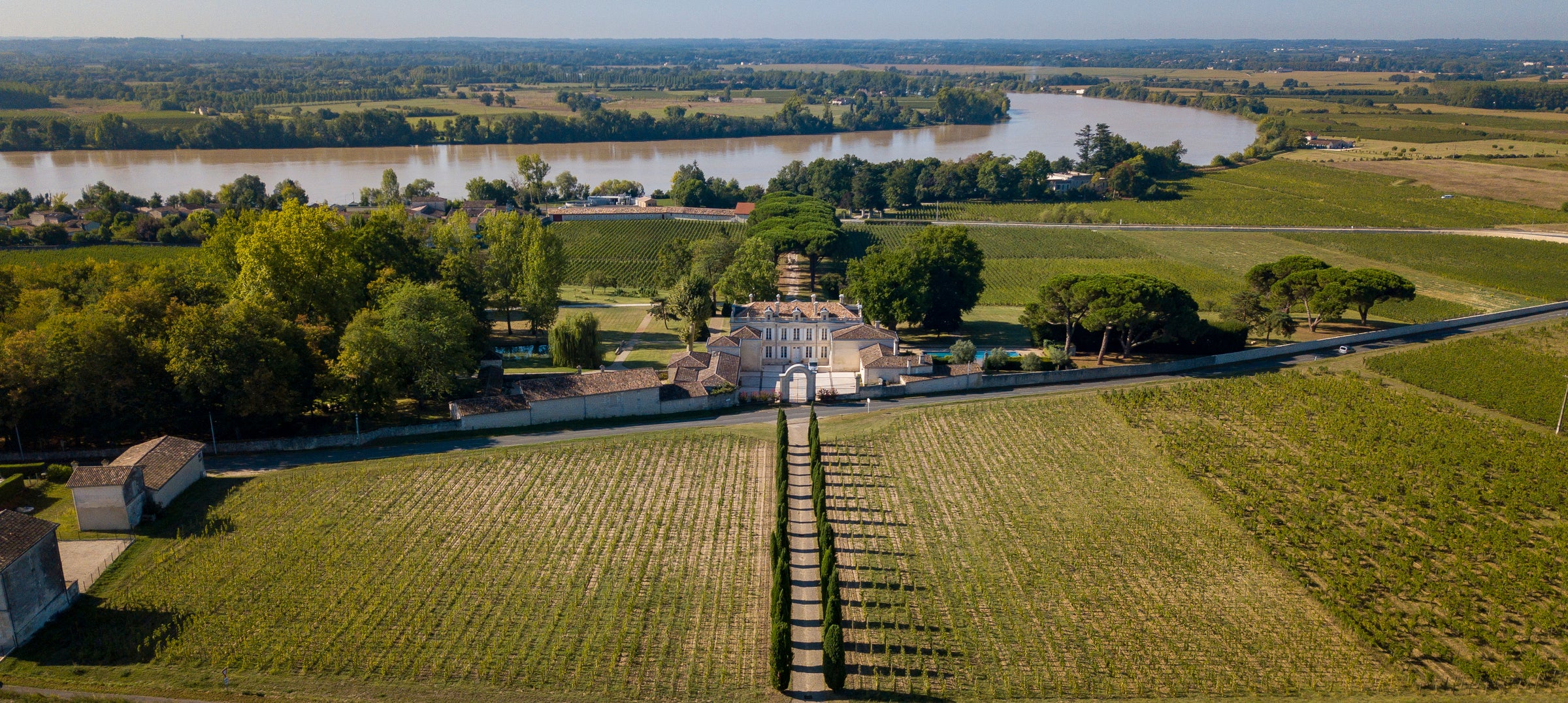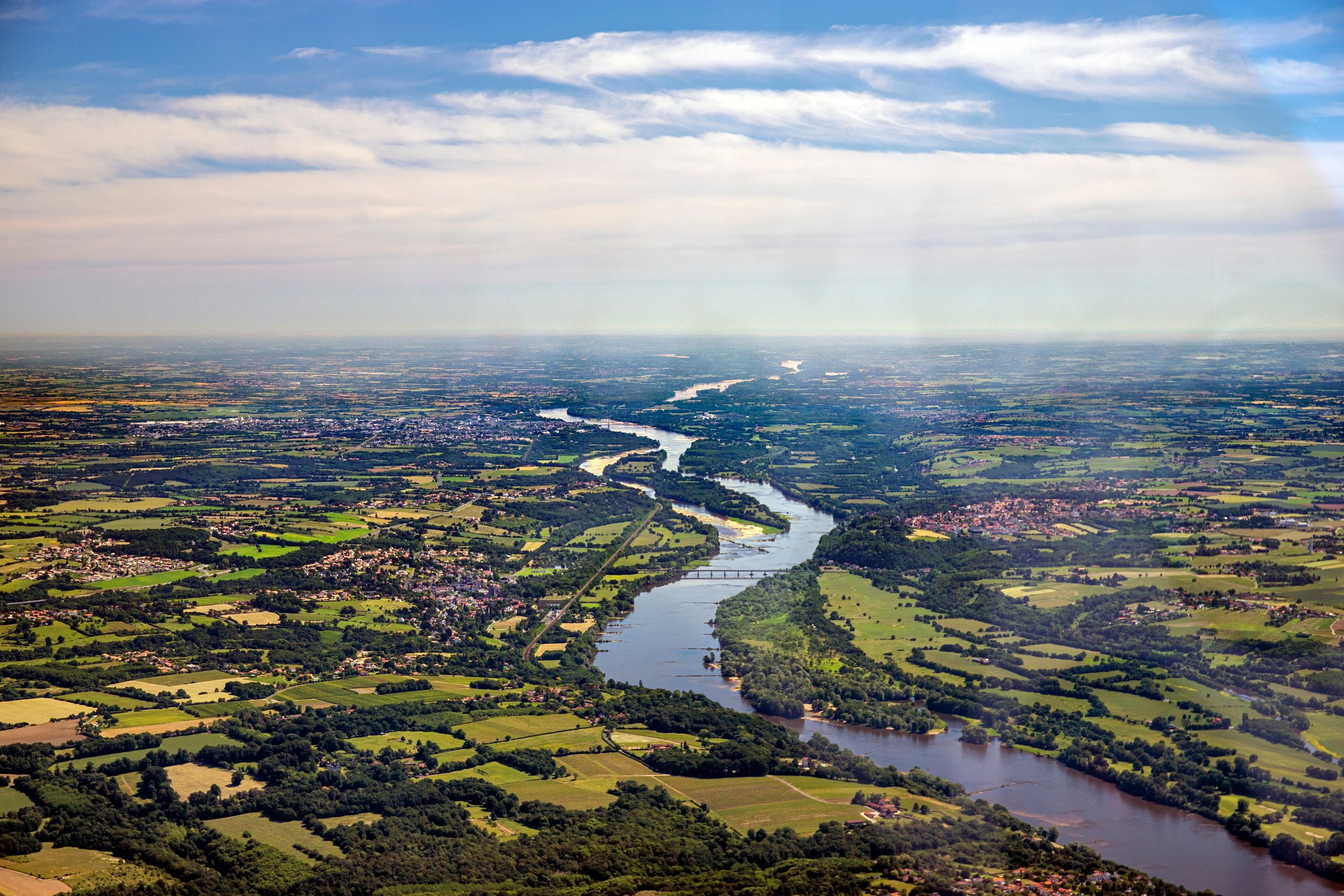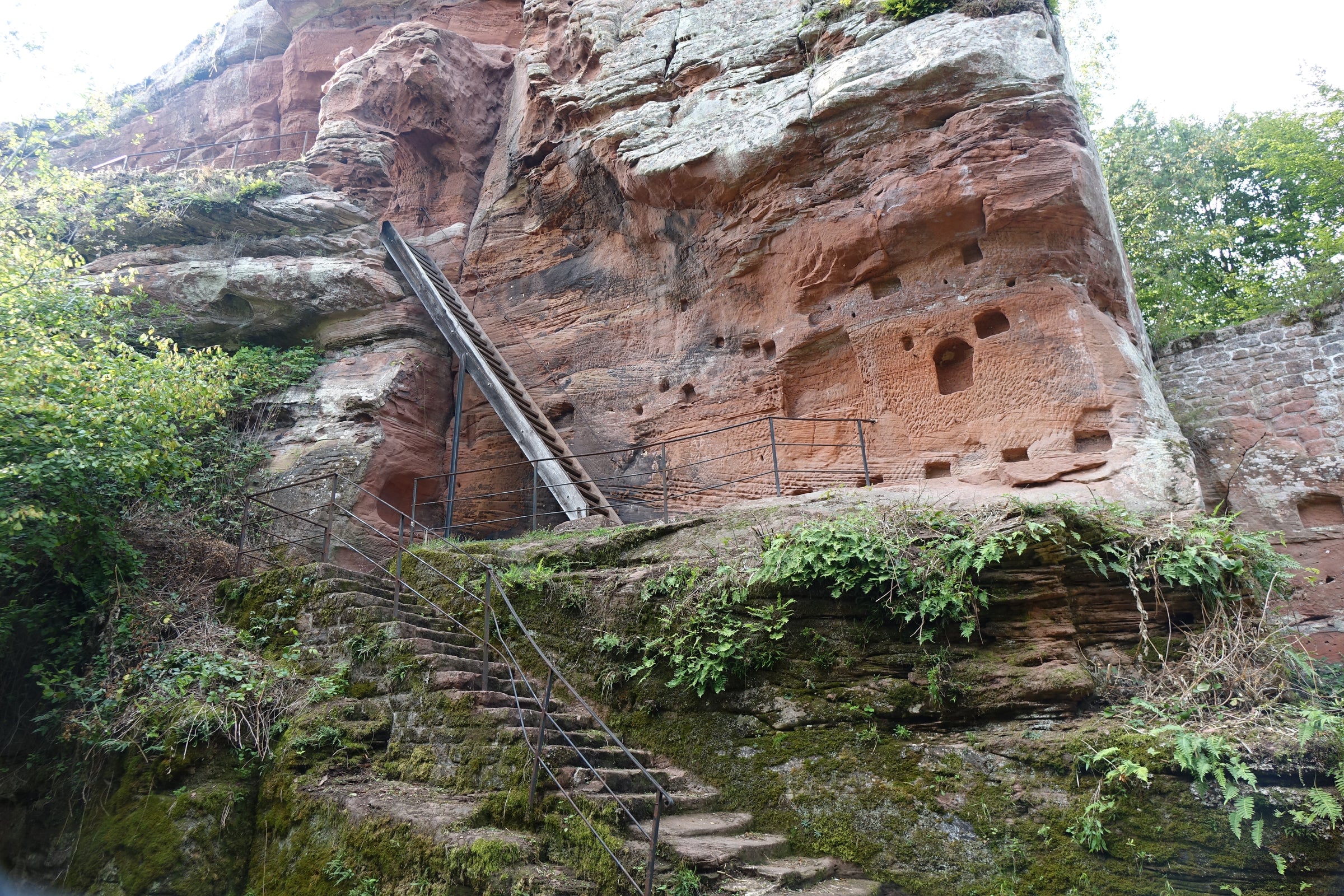Some subscribers will see today’s wine and instantly recognize it—Uroulat’s “Cuvée Marie” has made repeated appearances on SommSelect over the years. Others will see an unfamiliar place and producer and debate whether to read on. To those in the second group, I say this: If ever a white wine merited a trip outside your comfort zone, this is it.
Frankly, I’ve said this (or some variation of it) every time we’ve offered this wine, because Jurançon, despite enjoying fame in centuries past, has mostly faded into obscurity. Like many other wine appellations of South West France (Cahors, Madiran, Irouléguy), Jurançon is ripe for a modern renaissance, and there’s no doubt the wines of Charles Hours and his daughter, Marie, are the ones to start with. Working with the local Gros Manseng and Petit Manseng varieties on the French side of the Pyrénées, the Hours family doesn’t merely preserve local tradition—they make “destination” wines. Today’s wine is Uroulat’s dry Jurançon Sec, comprised primarily of Gros Manseng and worthy of placement next to some of the great dry whites of the world. For those unfamiliar with Jurançon, it’s a textured, racy, exotically aromatic white that is utterly unique: “Cuvée Marie” consistently delivers, and at a great price. If you haven’t already, it’s time to join the Jurançon club!
If you were to taste this wine blind, you’d be pulled in many directions. Alsace, maybe? Loire? White Bordeaux? The latter wouldn’t be a bad guess, given than Jurançon—the hillside town that lends its name to the surrounding appellation—is about 200 kilometers due south of Bordeaux. And if you are familiar with the Jurançon AOC, you may be better acquainted with the sweet wines produced in this remote appellation. Situated on the French side of the western Pyrénées, inland and upland from Basque resort towns like Biarritz and San Sebastián, Jurançon has a unique microclimate: While it is within striking distance of the Atlantic and thereby relatively cool, it is also in the path of warm, drying foehn winds that last well into the Fall. This is especially beneficial for grapes left on the vine for late-harvest sweet wines, but even the grapes destined for dry styles ripen in perfect conditions; the Gros Manseng for this bottling isn’t typically harvested until late October, allowing it to develop greater texture and aromatic complexity.
Uroulat proprietor Charles Hours, who now has his daughter, Marie, by his side in the vineyards and cellar, has assembled an estate spanning about 16 hectares of biodynamically farmed vines—effectively a half-and-half mix of Gros Manseng (for the dry wines, labeled “Sec”) and Petit Manseng (for the sweets), although they have a trace amount of the local Courbu as well, which finds its way into “Cuvée Marie.” The soils are a mix of limestone and clay strewn with pebbles, and grapes for this wine are hand-harvested and fermented in stainless steel before being transferred by gravity to barrels (10% new) for 10 months of aging.
Blessed, like so many corners of Europe, with an exceptional vintage in 2015, Uroulat hit a home run with this latest edition of “Cuvée Marie.” As always, it’s a textural marvel: At once lush and even viscous while also incredibly racy and mineral. In the glass, it’s a deep yellow gold with copper and green highlights at the rim. Aromas of yellow apple, apricot, honeysuckle, white flowers, and crushed chalk jump from the glass and carry through onto a well-concentrated palate. Medium-bodied and textured, with some slightly oxidative notes, the wine is lifted by a fresh wave of acidity and finishes with a mix of floral and mineral aromatics, hinting ever-so-slightly at sweetness like great dry German Rieslings do. It is drinking beautifully now, needing only about 15-30 minutes in a decanter to blossom, and, as always, I recommend letting it rise to a temperature of about 50-55 degrees to bring out its full aromatic range. Its mixture of fruit concentration and mouthwatering acidity make it a great food wine—and while the classic pairing for the sweet Jurançon wines is foie gras, I’m going to say go ahead and put this dry version up against the foie. The attached recipe looks like a winner to me. What an apéritif course that would make! Enjoy!


